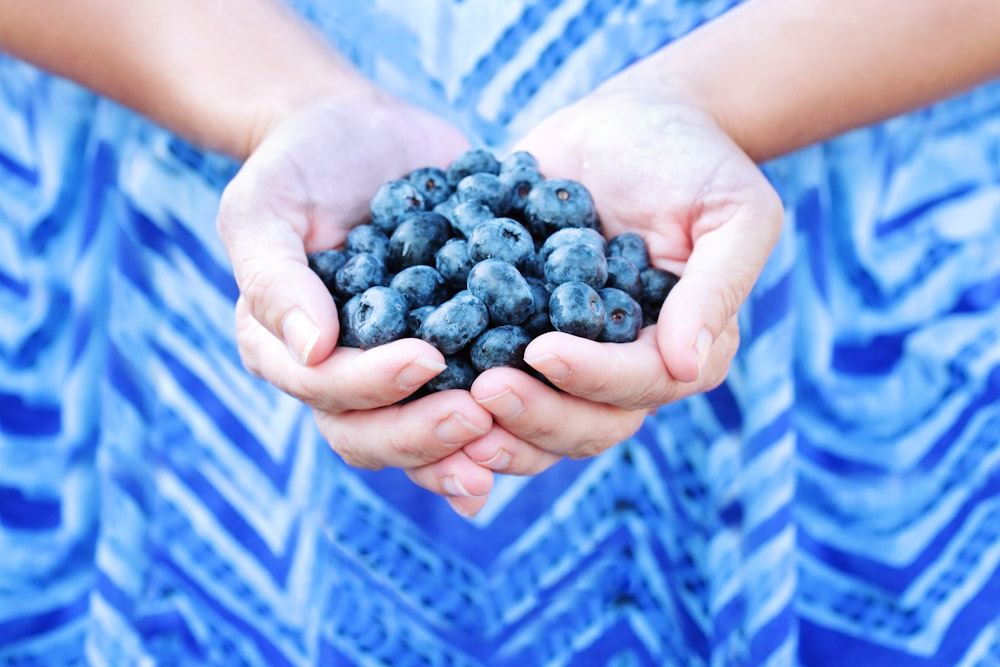When you’re thinking about nutrition, making small changes to what you eat is the best way to get started. Most diets aren’t sustainable because they require restriction. Instead of removing things from your diet right away consider, instead, adding superfoods that can curb appetites and provide key nutrients to the body.
First of all, what is a superfood? If you’re interested in following a nutritional plan, you want to get the most out of every calorie you consume. Superfoods are typically plant-based foods that are nutritionally dense. This means they pack more health benefits into each calorie compared to a portion of “regular” food.
Examples of Superfood Nutrients
There is a higher vitamin and mineral content in superfoods, making it easier to get more nutrition with fewer calories. But what are some specific examples of the nutrients found in superfoods? Take a look below to learn about some common superfood nutrients and their benefits.
- Antioxidants – Found in plant, fish, and dairy superfoods, antioxidants are known to help prevent cancer since they help your cells fight free radicals introduced to the body.

- Free radicals are atoms, molecules, or ions that have an unpaired valence electron. While naturally occurring, such as when the body metabolizes food, free radicals are linked to cancer, Alzheimer’s disease, and Parkinson’s disease.
- Healthy fats – Also known as unsaturated, monounsaturated, or polyunsaturated fats, these healthy fats are known to lower the risk of heart disease. Superfoods such as nuts, fish, olive oil, and avocado are a great source of healthy fats. In opposition to popular belief, there are also healthy saturated fats, such as those found in lean meats. At Total Health and Fitness we place importance on those as well.
- Fiber – Not just a digestive aid, fiber can also help prevent diabetes. Vegetables and beans (navy, pinto, black) are ideal sources of fiber.
- Phytochemicals – These compounds are found in plant-based superfoods, including whole grains, nuts, fruit, vegetables, seeds, and legumes. They give plants their distinctive characteristics such as color, flavor, and smell. When consumed, phytochemicals can help prevent the development of cardiovascular diseases, reduce inflammation, help regulate hormones, and support the function of the immune system.
Including a well-rounded variety of superfoods in your lifestyle can promote the health of your organs, lower your cholesterol, reduce inflammation, and help regulate metabolism.
Superfoods to Include in Your Diet
Superfoods aren’t just plant-based, as mentioned briefly above. In addition to nutrient-dense fruits and vegetables, you can also incorporate dairy, fish, and other food groups into your nutritional plan. A variety of specific superfoods and their nutritional benefits are listed below.
- Avocados – Bursting with healthy fats, avocados are also loaded with magnesium and fiber.
- Berries – Depending on the berry, you’ll get a good dose of fiber and antioxidants. Blueberries have long been touted as the ultimate superfood thanks to their rich pigment.
- Garlic and Onions – Allium vegetables (grown from bulbs) possess antibacterial and antiviral properties.
- Root Vegetables – Sweet potatoes, beets, carrots, and parsnips are full of healthy carbs and starch while being gluten-free. Root veggies provide anti-inflammatories, antioxidants, and antimicrobials.
- Mushrooms – Another good source of antibacterial compounds, mushrooms also possess antioxidants and antiinflammatories.
- Fish – For good fats, protein, and omega-3, reel in some fish.
- Leafy Greens – Spinach, arugula, kale are packed with fiber and antioxidants.
- Nuts and Seeds – Like fish, nuts and seeds are a good source of omega-3, protein, fat, and fiber.
- Whole Grains – Also known as “ancient grains,” these include buckwheat, farro, quinoa. Brown rice, barley, and oats are other whole grains that provide fiber, antioxidants, and vitamins.
- Probiotics – Yogurt, kimchi, kombucha, kefir, and sauerkraut help promote the production of healthy digestive bacteria.
- Cruciferous Veggies – Broccoli is an example of a cruciferous veggie, as is bok choy, sprouts, cauliflower, and cabbage. These are all high in fiber and glucosinolates, which aid in the maintenance of “good” bacteria (much like probiotics) in the gut.
- Beans and Legumes – Like other plant-based superfoods, beans and legumes are low in “bad” fats while being high in protein, fiber, and vitamins.
- Lean Meats – As mentioned before, lean meats, which include red meats, contain healthy fats and have tremendous nutritional value.
- How to Add Superfoods Into Your Lifestyle
Now that you know some of the tastiest superfoods you can add to your diet, it’s time to look at ways to do so. It can be boring to pile up the same veggies day after day in a salad, so here are some Total Health and Fitness tips for adding superfoods into your lifestyle.
- Smoothies – You’re probably familiar with drinking your nutrients; who hasn’t blended up some berries, a banana, and some yogurt? Smoothies are a great way to combine your superfoods, and conveniently eat them. They offer a lot of variety, and you can get creative by adding in greens, nuts, and seeds.
- Edible Garnish – Maybe you need to ease into incorporating superfoods in your meals. Many make a delicious garnish, allowing you to have small samplings to start. Top your favorite oats with berries, nuts, or seeds. Use apple cider vinegar and olive oil on your next salad. Drop some mushrooms into your pasta dish, or add extra nuts to your basil pesto. Sprinkling superfoods onto foods you already like can make it easier to get used to them.
- Substitution – The next time a recipe calls for sour cream, such as in soup, use plain Greek yogurt instead. When you’re craving chips, bake some sweet potato fries instead. For pasta dishes, make the switch to whole grain pasta instead of white.
- Bake/Roast/Grill/Broil – No one expects you to just chow down on raw fruits and veggies all day to get those superfood nutrients. Feel free to season, bake, roast, grill, and broil them! Root vegetables, seeds, nuts, and fish can take on a whole new flavor and texture when prepared differently.
- Dip it – If all else fails, dip those fruits and vegetables in your favorite dressing. There’s nothing wrong with having the superfoods be a vehicle for something you like the taste of more.








